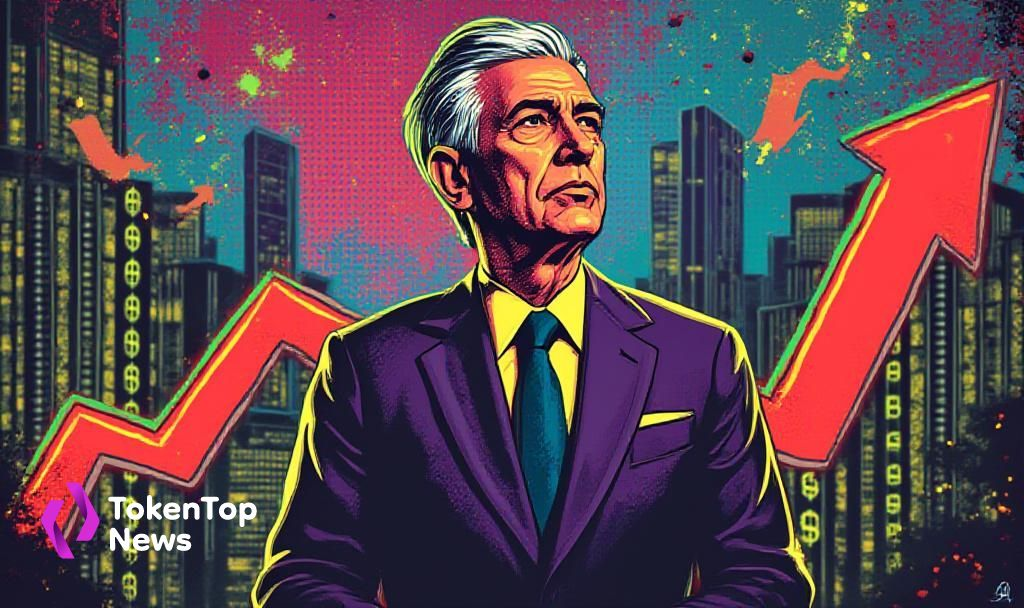Federal Reserve Highlights Rising Inflation Due to Tariffs
- Powell cites tariff-driven inflation rise, policy rates remain unchanged.
- Inflation pressures from tariffs noted, U.S. economic outlook remains uncertain.
- Fed’s approach is steady amid economic uncertainties highlighted by Powell.

Jerome Powell, Chair of the Federal Reserve, addressed inflation exceeding the 2% target due to recent tariffs in a press conference on June 18, 2025.
Powell’s emphasis on tariff-driven inflation suggests prolonged economic complexities, impacting both U.S. economic stability and global market responses.
Inflation concerns have persisted, with Powell noting “very substantially larger tariffs” as primary inflation drivers. This reflects the Federal Reserve’s attention to imports affecting GDP and sentiment.
Jerome Powell highlighted key economic metrics, acknowledging 4.2% unemployment and 2.3% headline inflation. These figures underscore the economic challenges faced amid tariff-related inflationary pressures. As Powell stated,
Inflation has come down a great deal but has been running somewhat above our 2 percent longer-run objective […] Surveys of households and businesses, however, report a decline in sentiment over recent months and elevated uncertainty about the economic outlook, largely reflecting trade policy concerns.
Higher tariffs have impacted macroeconomic sentiments, adversely affecting trading activities and market stability. Investments in both traditional and digital assets may see fluctuations. Analysts predict macro-sensitive assets like BTC will react to inflation trends. Previous tariff hikes have shown parallels, suggesting potential market volatility across various sectors.
Expected outcomes include regulatory adaptations and adjustments to monetary policy reflecting inflation and tariff developments. Historical precedents indicate potential economic volatility if tariff-induced pressures persist.




